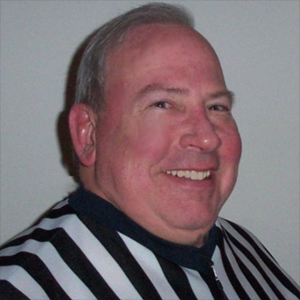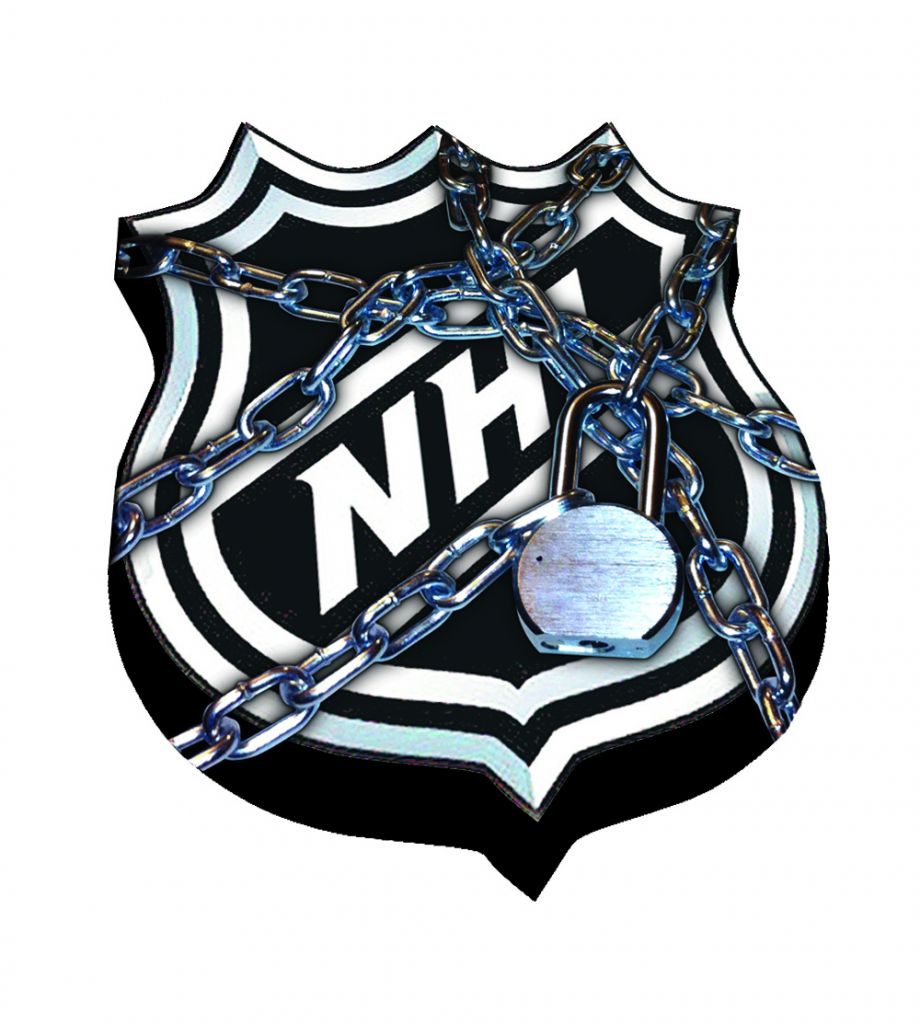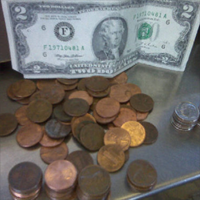
Rndballref
20 Years Experience
Chicago, IL
Male, 60
For twenty years I officiated high school, AAU and park district basketball games, retiring recently. For a few officiating is the focus of their occupation, while for most working as an umpire or basketball referee is an avocation. I started ref'ing to earn beer money during college, but it became a great way to stay connected to the best sports game in the universe. As a spinoff, I wrote a sports-thriller novel loosely based on my referee experiences titled, Advantage Disadvantage
The ball is inbounds until the ball touches any out of bounds area, or it touches a player who is out of bounds. If A is still inbounds and the ball is still inbounds, it is not out of bounds until an out of bounds player touches it.
You are correct. There is nothing in the rule book which would compel a player to retrieve the ball for an official. The only related rule deals with a player not giving the ball to an official or touching the ball when the other team has possession, like after a basket by your own team. This would be a delay of game.
If I thought that it was a legitimate attempt at a time out, or if it happens the first time then I would ignore the request. If I thought the coach was purposely trying to interfere with the ordinary flow of the game by asking for a time out without possession then I would call an unsportsmanlike technical.
If the officials determine that the fouls were simultaneous then no free throws are shot, and it goes back to the point of interruption. If the simultaneous fouls were committed with no team possession (for example while rebounding) then it goes to the possession arrow.
If the second foul was intentional and committed after the first foul it would be a technical. Then you would administer the penalties for the first foul (free throws if in the bonus or on a shooting foul), then you would administer the technical foul and the ball would be taken out at half court by the opponent of the technical foul shooter.
NHL Team Marketer
 Is fighting in hockey good or bad for the game?
Is fighting in hockey good or bad for the game?
Toll Collector
 What happens when a car blows past a tollbooth without paying?
What happens when a car blows past a tollbooth without paying?
Geek Squad Agent/Supervisor
 What's the biggest scene a customer's ever made in the store?
What's the biggest scene a customer's ever made in the store?
If your hands are on top of the ball pushing it to the floor it is double dribble. If the ball drops and you pick it up it could be a muff, and if you lift one foot the other will be the pivot. Then you can dribble.
True. It is the same halt in advantage as an intentional foul which stops a breakaway. The rules try to take care of this by awarding 2 free throws plus the ball. However, I agree. Although I never ran into an intentional T to stop a breakaway, it would be good practice to let the player finish the layup or jump shot and then call the T.
one foot down inbounds is ok as long as the other foot is in the air and not out of bounds.
-OR-
 Login with Facebook
Login with Facebook (max 20 characters - letters, numbers, and underscores only. Note that your username is private, and you have the option to choose an alias when asking questions or hosting a Q&A.)
(A valid e-mail address is required. Your e-mail will not be shared with anyone.)
(min 5 characters)
By checking this box, you acknowledge that you have read and agree to Jobstr.com’s Terms and Privacy Policy.
-OR-
 Register with Facebook
Register with Facebook(Don't worry: you'll be able to choose an alias when asking questions or hosting a Q&A.)